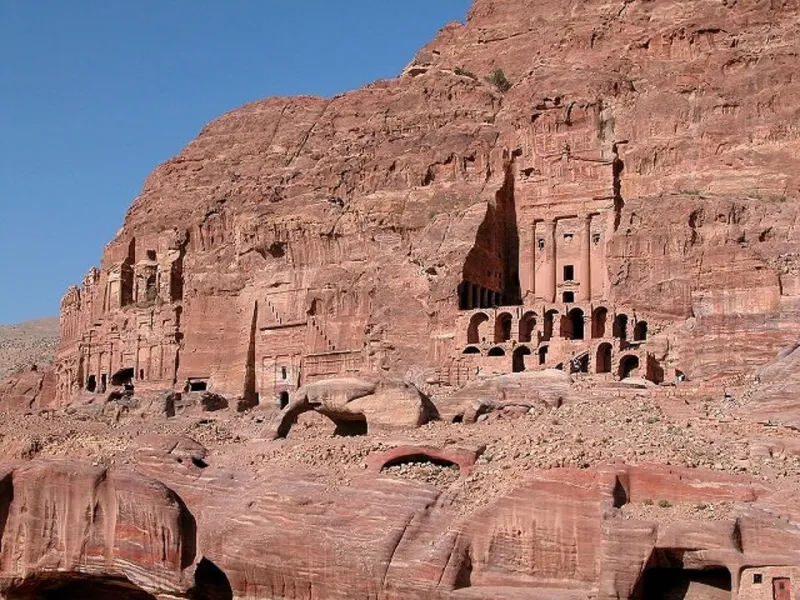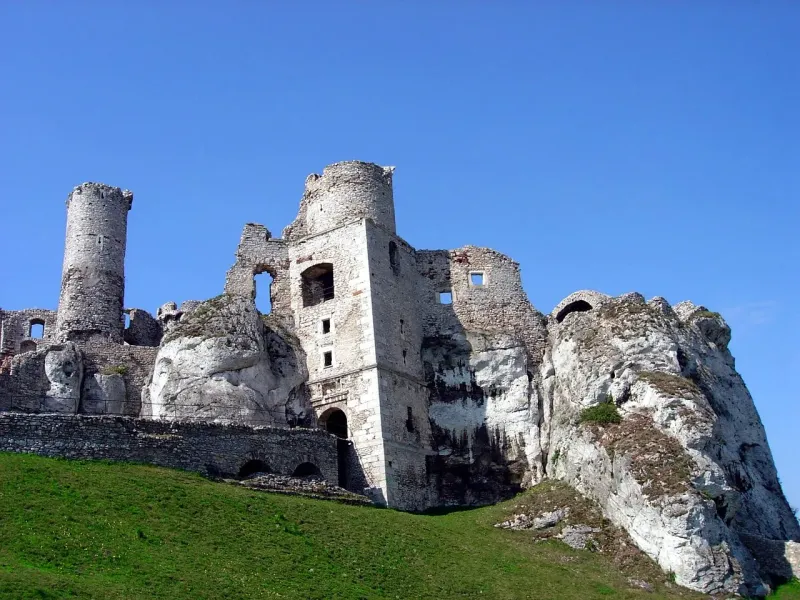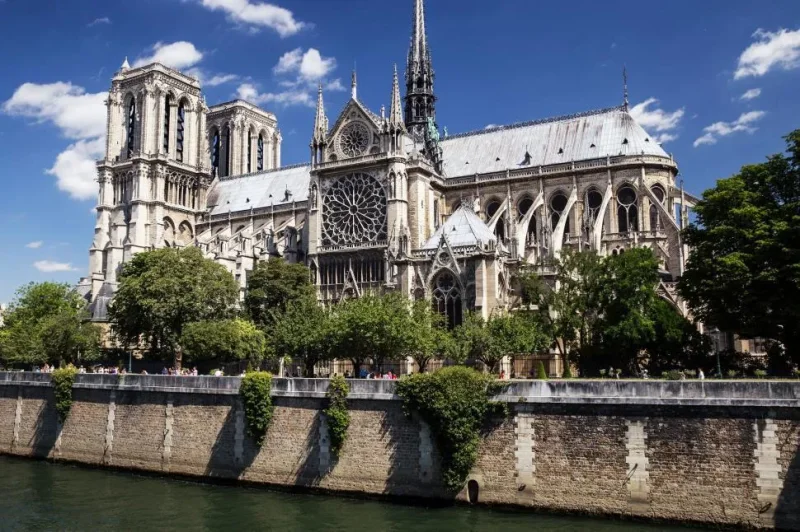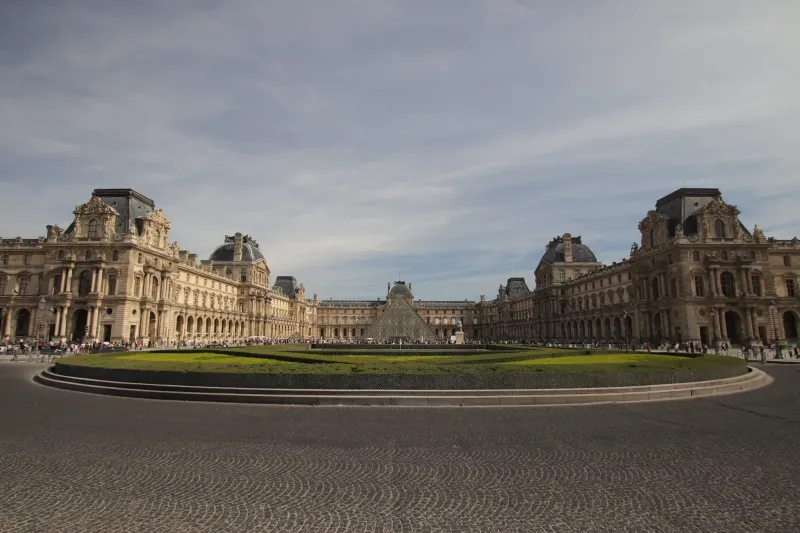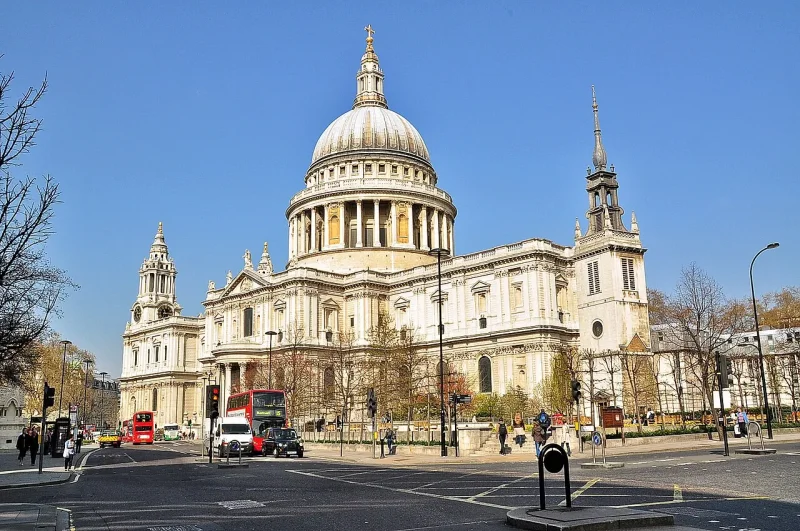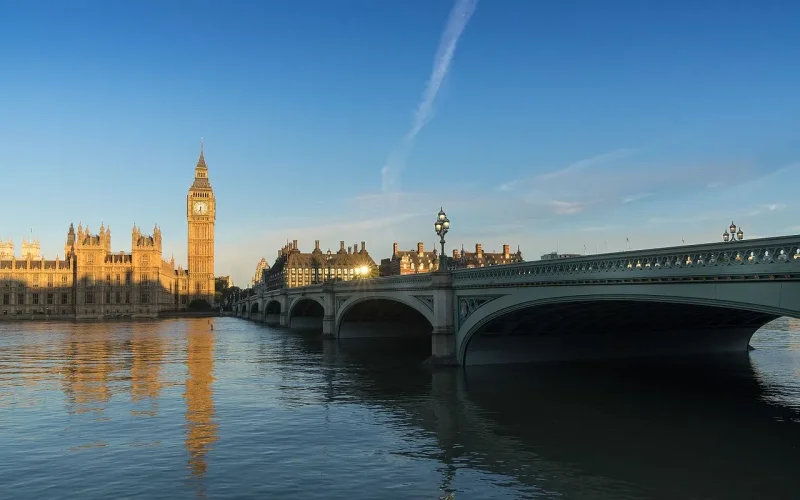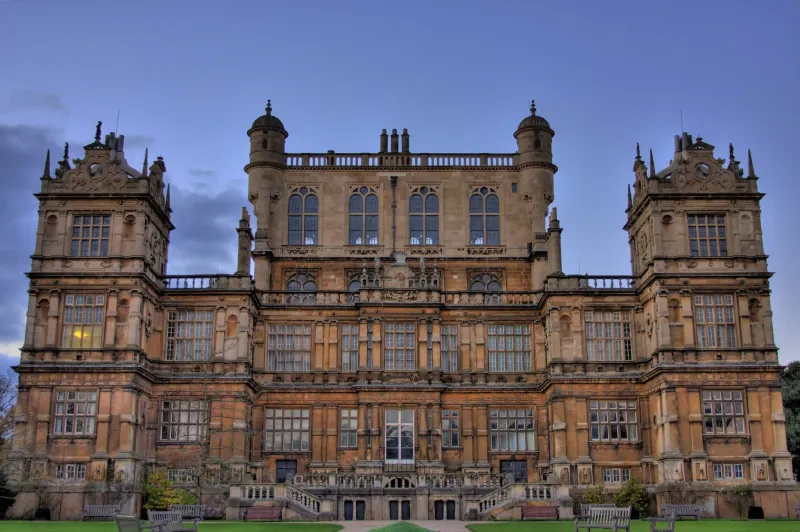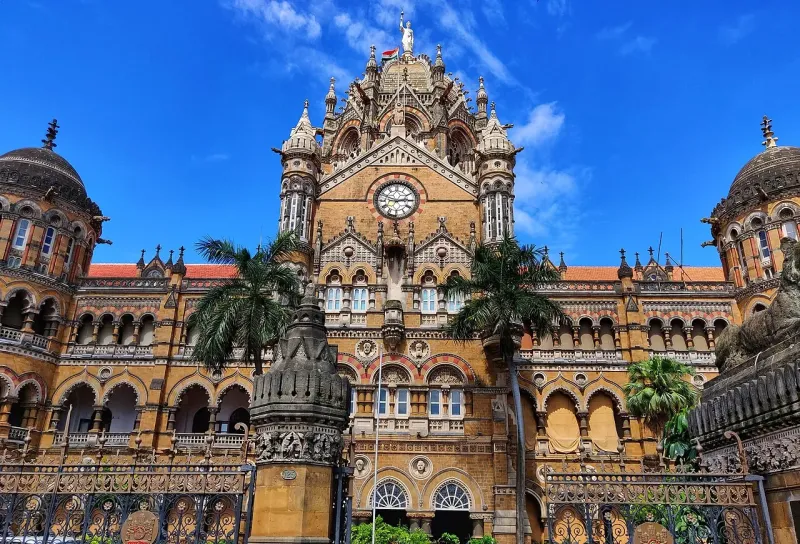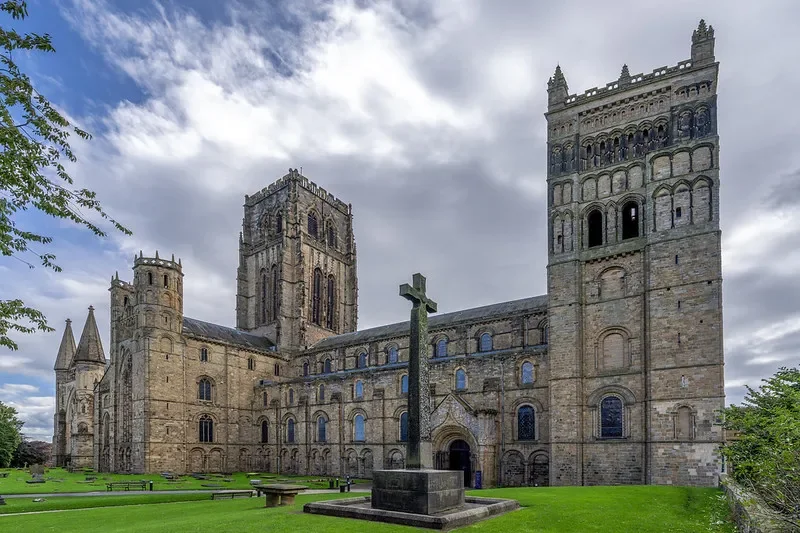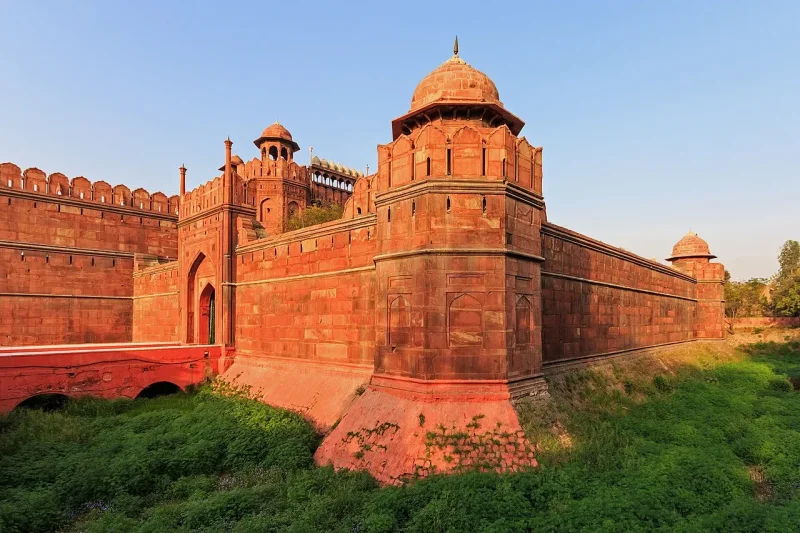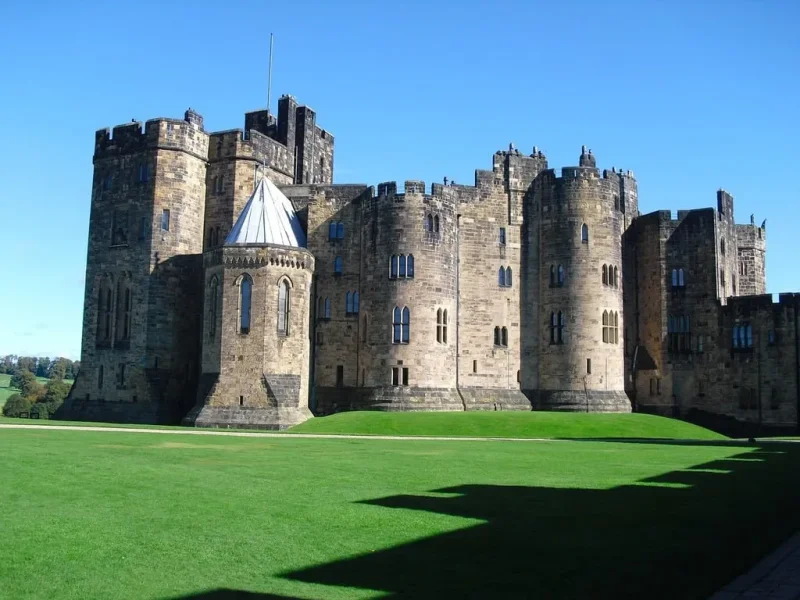The Historical Significance of Petra
Petra, often referred to as the "Rose City", is a historical and archaeological marvel located in southern Jordan. Known for its stunning rock-cut architecture and water conduit system, Petra is believed to have been established as early as the 5th century BC. The city served as the capital of the Nabataean Kingdom and thrived due to its strategic location along ancient trade routes. Petra's significance stems not only from its architectural wonders but also from its role as a center of commerce and culture in the ancient world.
The city's decline began after a major earthquake in 363 AD and the shifting of trade routes, leading to its eventual abandonment. Today, Petra is recognized as a UNESCO World Heritage Site and one of the New7Wonders of the World. Its historical richness provides invaluable insights into the Nabataean civilization and their advanced understanding of engineering and architecture. Visitors to Petra can explore the remnants of a once-thriving city that continues to captivate historians, archaeologists, and travelers alike.
The Architectural Wonders of Petra
The most iconic feature of Petra is the Treasury (Al-Khazneh), a stunning façade carved directly into the sandstone cliffs. This intricate structure is believed to have been a mausoleum for the Nabataean king Aretas IV in the 1st century AD. The Treasury's grandeur and detailed carvings reflect the advanced artistry and skills of the Nabataean craftsmen. Another remarkable structure is the Monastery (Ad Deir), which is larger but less ornate than the Treasury, offering breathtaking views of the surrounding landscape.
Petra is not just about its magnificent facades; it is a labyrinth of tombs, temples, and an amphitheater that could accommodate over 3,000 people. The city is ingeniously designed, with a complex network of dams, cisterns, and water channels that demonstrate the Nabataeans' sophisticated water management systems. This innovative engineering allowed Petra to flourish in the arid desert environment, showcasing the ingenuity and resourcefulness of its inhabitants. Each corner of Petra reveals a new architectural wonder, inviting exploration and admiration.
The Cultural Legacy of Petra
Petra's cultural legacy is as profound as its architectural achievements. The city was a melting pot of cultures, where influences from the East and West converged. This cultural diversity is evident in the art, architecture, and religious practices found within Petra. The Nabataeans were known for their ability to integrate different cultural elements, which is reflected in the blending of Hellenistic, Roman, and local styles in their artworks and structures. This fusion created a unique cultural tapestry that is still celebrated today.
In modern times, Petra continues to inspire and influence. It serves as a symbol of Jordanian national pride and an enduring testament to human creativity and resilience. Petra's enduring allure attracts thousands of visitors annually, contributing significantly to Jordan's economy. The site's preservation is paramount to maintaining its cultural heritage, and efforts are continually made to ensure its protection. Petra is not just a relic of the past but a vibrant cultural icon that continues to captivate the imagination of people around the world.

